139 ct-Libyan Desert glass round Bead-29mm Meteorite Tektite-asteroid impact
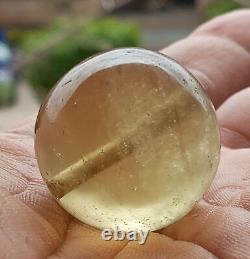
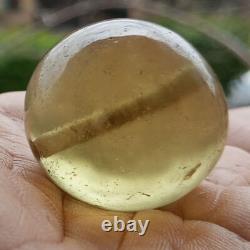

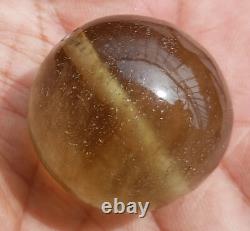
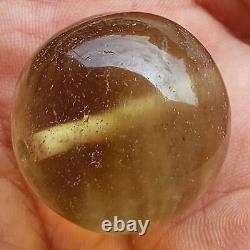
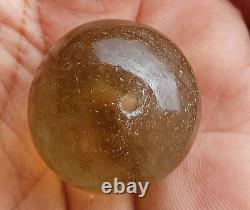


139 ct-Libyan Desert glass round Bead-29mm Meteorite Tektite-asteroid impact. Libyan Desert glass round sphere bead- Meteorite Tektite-asteroid impact. Weight 139 Carat / (27.8 grams). Libyan Desert Glass (or Great Sand Sea Glass) is the result of sand on Earth having melted into glass following an enormously energetic asteroid or comet impact approximately 29 million years ago at the border region of what is today Libya and Egypt. The formation of Libyan Desert Glass and other tektites was long considered a mystery with some researchers believing they had originated on the Moon - a notion since debunked. Scientists today agree such glass formations formed as a result of collisions of cosmic bodies with the Earth. To melt the sand, temperatures of more than 1600° C (2900° F) are required; lava flows at the Earth's surface are nowhere near that hot. In addition, meteorite particles have been detected in specimens of Libyan Desert Glass. As is the case with all tektites, extraordinary heat resulting from massive impacts liquified the ground.
The word tektite comes from the Greek tektos, meaning "melted".


